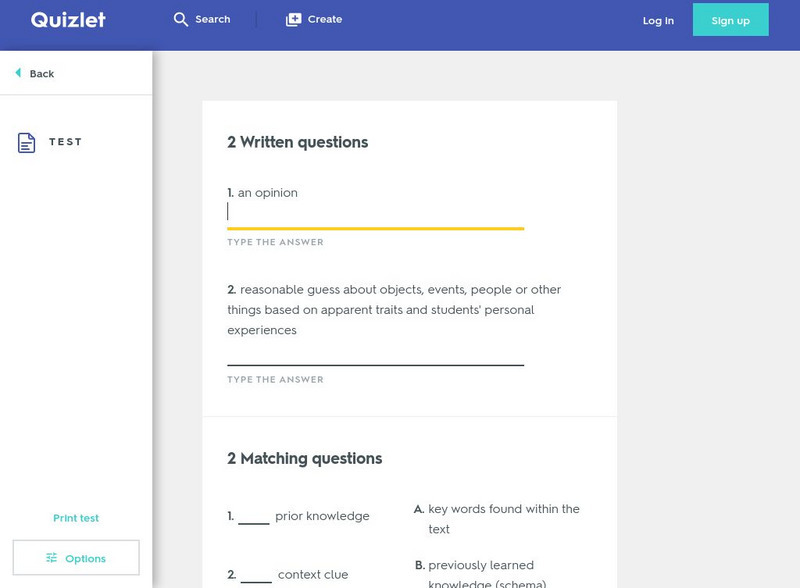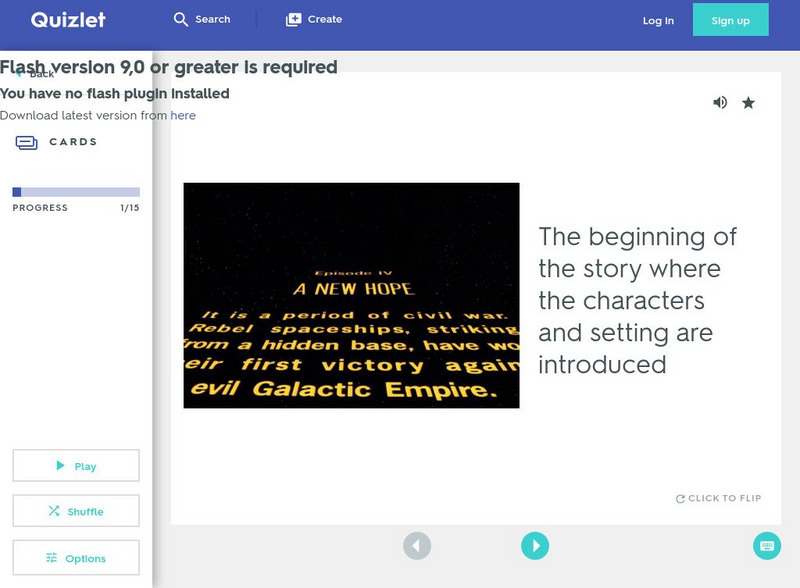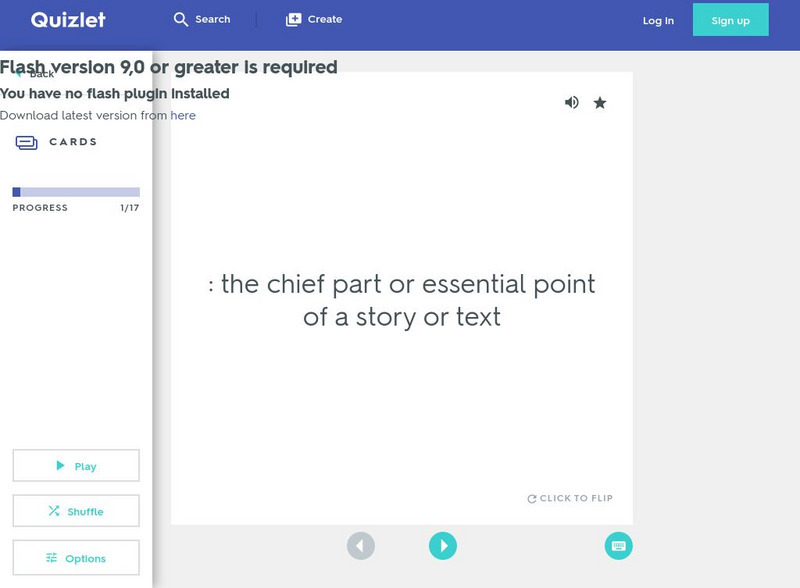ClassFlow
Class Flow: Grammar Sentence Type
[Free Registration/Login Required] To understand how the grammar of a sentence changes when the sentence type is changed (e.g., when a statement is made into a question, a question becomes an order, a positive statement is made...
ClassFlow
Class Flow: Graphic Organizer Map Cause and Effect
[Free Registration/Login Required] This graphic organizer flipchart uses the fishbone technique to map cause and effect. It is useful for helping students understand and analyze reading passages, historical events, and scientific...
ClassFlow
Class Flow: Is It Narrative or Is It Expository?
[Free Registration/Login Required] This flipchart gives students the opportunity to practice with the differences between narrative and expository prompts.
ClassFlow
Class Flow: Language Fact or Whack?
[Free Registration/Login Required] This interactive flipchart is a parts of speech and sentence review.
ClassFlow
Class Flow: Leads
[Free Registration/Login Required] Students will learn about different types of leads for stories. This interactive flipchart has examples of leads, Activote assessment, and activities for students to work on independently or in groups....
ClassFlow
Class Flow: Leads Part Ii
[Free Registration/Login Required] Students will recognize different types of leads and will choose which leads best fit different pieces of writing. This is a part of the process of organizing and revising a piece of writing.
Can Teach
Can Teach: Dear Character
In this lesson plan students will demonstrate reading comprehension and writing skills by writing a letter to a character in a story. Lesson plan indicated for 3rd grade and above, but could be adapted for younger grades.
BBC
Bbc Bitesize Revision: Openings and Endings
As part of a revision and writing section of BBC Bitesize, this site goes over several tips involved in writing both openings and endings.
TES Global
Blendspace: Expository Writing Using Transitions
A seven-part learning module on using transitions in expository writing. Lessons include text, images, a video, and a writing prompt.
Other
Cyberwriter: Narrative Writing
Cyberwriter gives narrative writing activities leveled for K-3rd grades and 4th-8th grades. A brief explanation about narrative writing is also on this page. CCSS.ELA-Literacy.CCRA.W.3
Other
Live binders.com: Reader and Task Considerations
Reader and task considerations including Cognitive Capabilities, Reading Skills, Motivation and Engagement with Task and Text, Prior Knowledge and Experience, Content and/or Theme Concerns, Complexity of Associated Tasks.
Other
Story Arts:storytelling Activities & Lesson Ideas
Use this site to get students interested in and enthusiastic about storytelling with these cool lesson ideas. Look through these short descriptions of lesson ideas to help develop a lesson to fit your classroom needs.
ClassFlow
Class Flow: Four Types of Sentences
[Free Registration/Login Required] This flipchart moves students into using the correct terminology for the types of sentences: declarative, interrogative, exclamatory and imperative. An Activote quiz aids in assessment.
Scholastic
Scholastic: Informational Text: Reading Response: Kwl Chart [Pdf]
This graphic organizer can be used with students when they read informational text. Students will write what they already know about the topic and what they want to know about the topic by reading. After reading, students will record...
College Claparede (Switzerland)
English Exercises Online: Article (3 Intermediate)
Complete these ten sentences by filling the blanks in with the correct article. Each sentence contains anywhere from two to five blanks, and a reminder of possible articles is provided. Hints are available if needed, and answers can be...
The History Cat
The History Cat: How to Write a Quality Cer (Claim Evidence Reasoning) [Ppt]
Presents an assignment where students must write an essay that includes a thesis statement, claims, evidence, reasoning, and a conclusion. Each of these is explained in the slideshow and a written example is provided.
Quizlet
Quizlet: 4th Grade Unit 2 Reading: Inference: Test
This interactive assessment features 6 multiple-choice over terms having to do with making inferences and their definitions. These terms include the following: inference, context clue, judgment, implied, prior knowledge, and apparent...
Quizlet
Quizlet: 4th Grade Story Elements and Plot Vocabulary: Test
This interactive assessment features 15 multiple-choice questions over story element terms with their definitions. These terms include the following: setting, characters, conflict, rising action, falling action, exposition, protagonist,...
Quizlet
Quizlet: 4th Grade Story Elements and Plot Vocabulary: Match
In this set interactive game, students match story element terms with their definitions. These terms include the following: setting, characters, conflict, rising action, falling action, exposition, protagonist, antagonist, point of view,...
Quizlet
Quizlet: 4th Grade Story Elements and Plot Vocabulary: Flashcards
This set of interactive flashcards focuses on the terms and definitions of story elements. These terms include the following: setting, characters, conflict, rising action, falling action, exposition, protagonist, antagonist, point of...
Quizlet
Quizlet: 4th Grade Q. 1: Main Ideas and Supporting Details: Flashcards
This set of interactive flashcards focuses on 17 terms having to do with main ideas and supporting details including types of writing and the writing process.
Florida Center for Reading Research
Florida Center for Reading Research: Student Center Activities: Grades 2 3
In 2005-2006, a team of teachers at FCRR reviewed current research, collected ideas, and created materials for use in second and third grade classrooms. These included two books for students and a teachers guide with a DVD for...
SMART Technologies
Smart: Leads in Narrative Writing
This lesson explains the purpose of a lead and introduces students to 6 different types of leads they can use in their writing.
College Claparede (Switzerland)
English Exercises Online: Article (2 Easy)
Complete these ten sentences by filling the blanks in with the correct article. Each sentence contains anywhere from one to three blanks, and a reminder of possible articles is provided. Hints are available if needed, and answers can be...



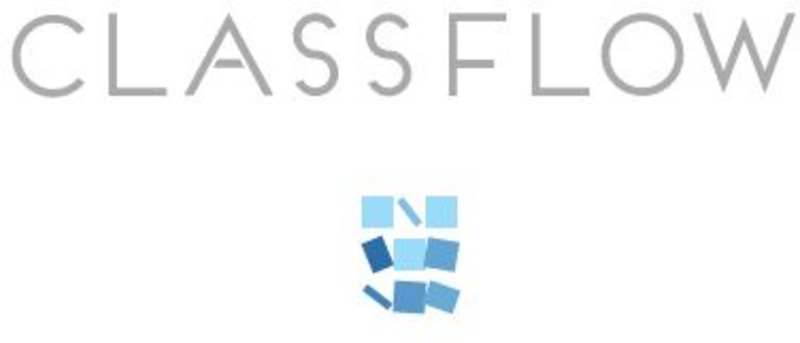

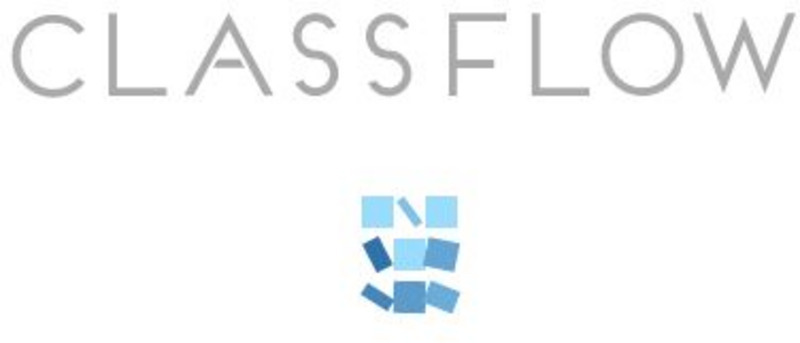
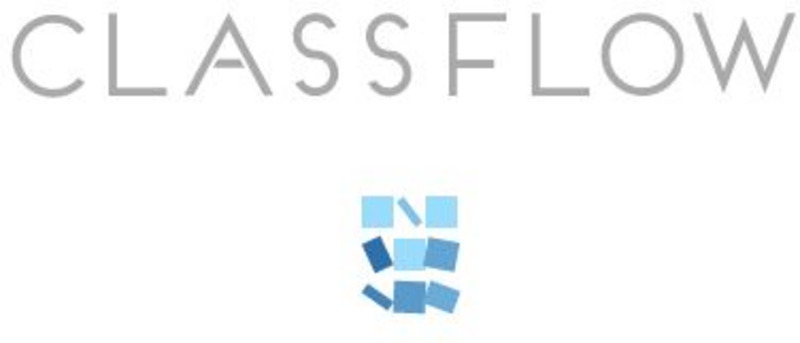

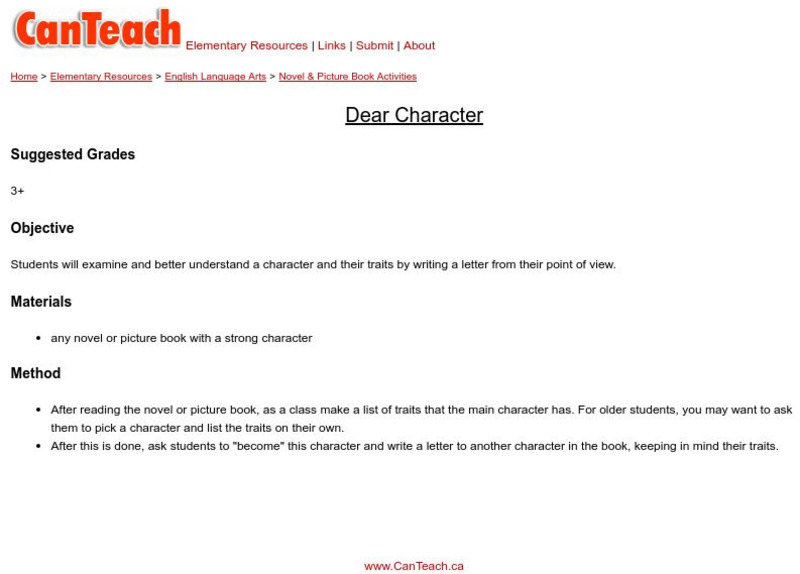


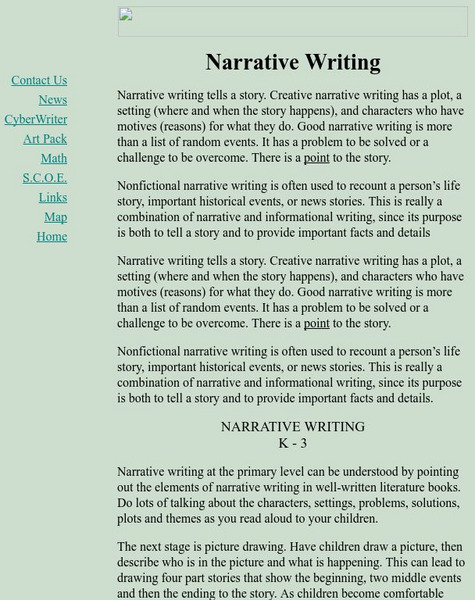

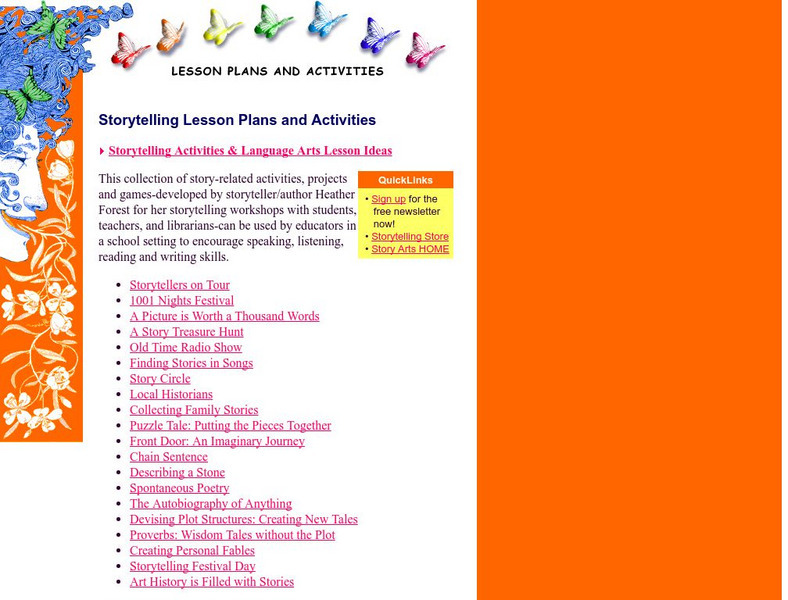

![Scholastic: Informational Text: Reading Response: Kwl Chart [Pdf] Graphic Scholastic: Informational Text: Reading Response: Kwl Chart [Pdf] Graphic](https://content.lessonplanet.com/knovation/original/359655-e569b7729989c15c5d8aeb6328475446.jpg?1661510817)

